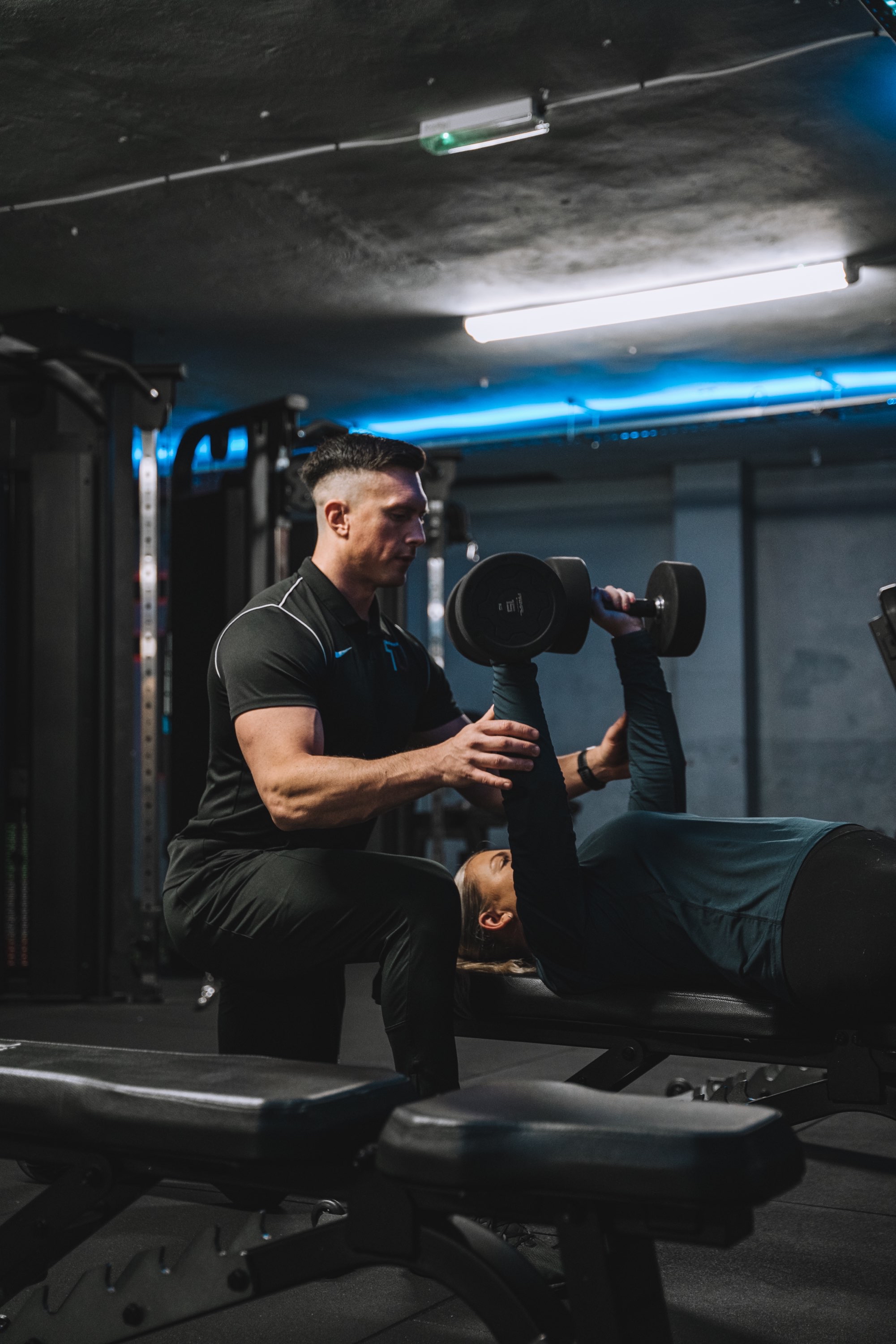Is Your Maximal Strength Holding You Back?
- Andrew Ball

- Aug 14, 2024
- 2 min read

When it comes to training goals, there are few things more valuable than improving your maximal strength. Whether you're aiming to build muscle, lose body fat, or increase power for your sport, a higher level of strength is often the key to unlocking your full potential.
As a coach with over 12 years of experience, I’ve seen countless individuals frustrated by their lack of progress. More often than not, the common denominator is a poor level of strength or a complete lack of a serious strength training program. They’ve hit a plateau, but haven’t considered the possibility that the missing piece might be as simple as getting stronger.
Why Maximal Strength Matters
Maximal strength is the foundation upon which many other fitness goals are built. If you want to build muscle, it’s essential to get stronger first. If fat loss is your goal, strength training can help by preserving muscle mass and boosting your metabolism. If you’re an athlete looking to improve your performance, increasing your strength will translate into more power and explosiveness in your sport.
Improving your maximal strength doesn’t just make you stronger—it increases your potential for future gains in many areas. With each new level of strength you achieve, you open the door to new opportunities for progress, whether that’s lifting heavier weights, improving your endurance, or mastering new skills.
How to Gauge Your Strength
So, how do you know where you stand in terms of strength? While individual goals and needs vary, a general guideline can help you assess your current level:
Bench Press: Can you bench press your body weight?
Squat: Can you squat 1.5 times your body weight?
Deadlift: Can you deadlift twice your body weight?
If you can hit these benchmarks, congrats! Now, challenge yourself to do it for reps. If you’re not there yet, it’s time to focus on building your strength.
The Role of Periodisation
Strength training isn’t a one-size-fits-all approach. The key to continued progress is periodisation—strategically varying your training intensity, volume, and frequency to align with your goals and accommodate other variables like recovery and lifestyle factors.
Periodisation ensures that you’re not just getting stronger, but doing so in a way that’s sustainable and in line with your overall fitness objectives. By peaking your training intensity at the right times and backing off when necessary, you can avoid burnout and continue making gains over the long term.
Get Stronger, Get Better
Whatever your fitness goals, improving your maximal strength is likely to help you get there faster. If you’ve been spinning your wheels and not seeing the progress you want, it might be time to prioritise strength training. Assess where you stand with the basic benchmarks, and if you’re not there yet, start working towards them. Your future gains depend on the strength you build today.






Comments